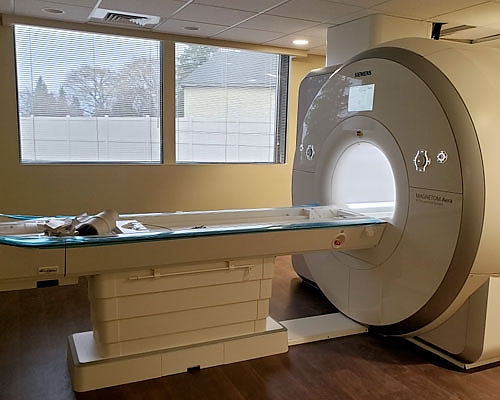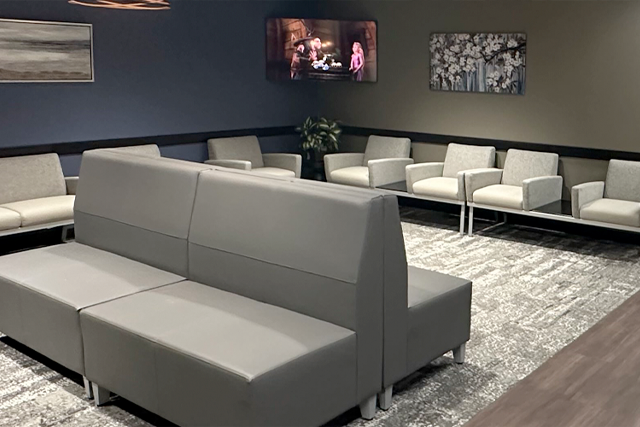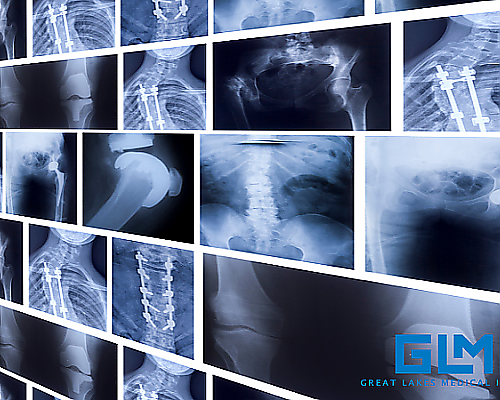Our Blog
What Are the Pros and Cons of Open MRI Compared to Conventional MRI?

Medical imaging has witnessed incredible advancements over the years, benefiting countless patients in Western New York and beyond. One of the most noteworthy developments in the world of magnetic resonance imaging (MRI) is the introduction of Open MRI systems. At Great Lakes Medical Imaging (GLMI), we understand that every patient's needs are unique. To assist our patients in making informed decisions, let's discuss the pros and cons of Open MRI compared to conventional MRI.
Pros of Open MRI:
- Enhanced Comfort: Open MRI systems, as the name suggests, are open on multiple sides. This design minimizes feelings of claustrophobia, providing a more comfortable experience for patients who may feel anxious in tight spaces.
- Accommodates Different Body Types: The spacious design of an Open MRI allows it to accommodate a broader range of patient body types, including larger or taller individuals who might find conventional MRI machines restrictive.
- Child-Friendly: Children often find medical procedures intimidating. The open design can be less daunting for younger patients, leading to a smoother, stress-free process.
- Allows Accompaniment: In some cases, particularly with pediatric or special needs patients, a companion can be near the patient during the scan, offering comfort and reassurance.
Cons of Open MRI:
- Potentially Lower Image Quality: Traditional closed MRI systems generally have stronger magnets, which can produce higher-resolution images. However, modern Open MRI machines at premier institutions like GLMI have significantly bridged this gap, offering high-quality imaging.
- Longer Scan Times: Given that Open MRI systems may operate with slightly weaker magnetic fields, some scans might take longer compared to those conducted with a conventional MRI.
- Noise Levels: Open MRI machines can sometimes be noisier than their conventional counterparts. Patients are typically provided with earplugs or headphones to counteract this.
Pros of Conventional MRI:
- High-Resolution Imaging: Conventional MRI systems are known for producing extremely detailed images, particularly beneficial for visualizing intricate structures like small joints or the brain's internal regions.
- Faster Scan Times: Stronger magnets can lead to quicker image capture, shortening the overall time a patient spends in the machine.
Cons of Conventional MRI:
- Confined Space: The tunnel-like design can be claustrophobic for some patients, leading to anxiety or discomfort during the scan.
- Not Suitable for All: Larger patients or those with certain medical implants might not be candidates for traditional MRI scans.
In Conclusion:
Both Open MRI and conventional MRI systems have their sets of advantages and challenges. At GLMI, our primary concern is the patient's well-being. We strive to provide the most comfortable experience while ensuring diagnostic accuracy. By offering both types of MRI scans, we cater to the diverse needs of the Western New York community.
For those unsure about which MRI procedure is suitable for them, our dedicated team at GLMI is here to guide and advise. Trust in our expertise and commitment to patient care to provide a smooth and efficient imaging experience.
Disclaimer: This blog article is for general informational purposes only and should not be construed as professional medical advice. Always seek the advice of your physician or other qualified health provider with any questions you may have regarding a medical condition.
‹ Back









